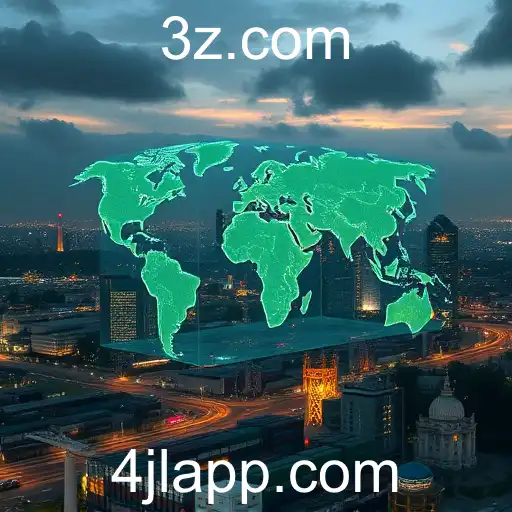
Exploring the significant advancements and challenges in the realm of renewable energy as of 2025, highlighting global trends, innovative technologies, and sustainable practices shaping the industry.
As we navigate through the year 2025, the landscape of renewable energy is witnessing remarkable transformations, promising a sustainable future amidst escalating concerns over climate change. The global focus on reducing carbon emissions and achieving net-zero targets is driving substantial investments and innovations in the renewable sector.
One of the most significant trends in 2025 is the proliferation of solar energy technologies. With advancements in photovoltaic efficiency and energy storage solutions, solar power is becoming more accessible and cost-effective than ever before. Countries like China, the United States, and India are leading the charge in integrating large-scale solar farms, contributing to a significant portion of their energy mix and setting benchmarks for global sustainability practices.
Wind energy continues to gain momentum as technological advancements in turbine design and offshore wind development enhance efficiency and output. Europe remains at the forefront of wind energy, with countries such as Denmark and Germany expanding their offshore capacities and setting ambitious wind energy targets. These efforts underline a broader global shift towards embracing wind as a reliable source for clean energy.
Additionally, 2025 marks a pivotal year for energy storage innovation. Breakthroughs in battery technology are addressing one of the most critical challenges in the renewable energy sector: reliability. Enhanced battery capacities and smart grid integration are ensuring a more stable supply of renewable power, even in regions with fluctuating weather patterns.
Despite these advancements, the renewable energy sector faces ongoing challenges. Policy hurdles, infrastructure deployment, and public acceptance remain areas that require strategic focus. Governments worldwide are increasingly recognizing the importance of cohesive policies that encourage private sector investments and foster innovation.
Public and private partnerships are emerging as vital components in the drive towards a sustainable future. Collaborative efforts are pivotal in addressing challenges such as grid modernization and community engagement, thereby enhancing the overall impact of clean energy initiatives.
The dynamics of the renewable energy landscape in 2025 showcase an optimistic trajectory towards sustainability. By continuing to harness the potential of cutting-edge technologies and adopting integrative policy frameworks, the world is on a promising path to redefining its energy future.




